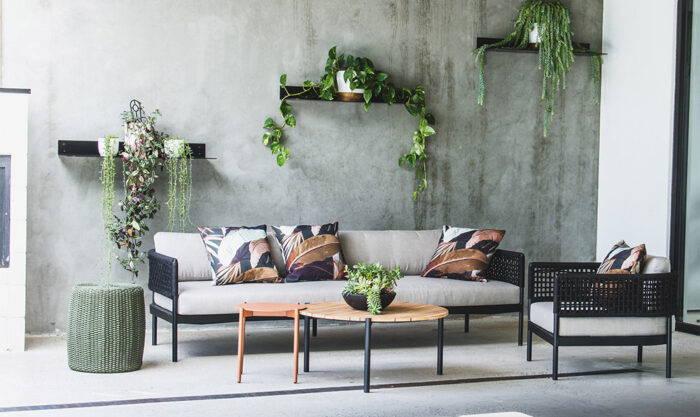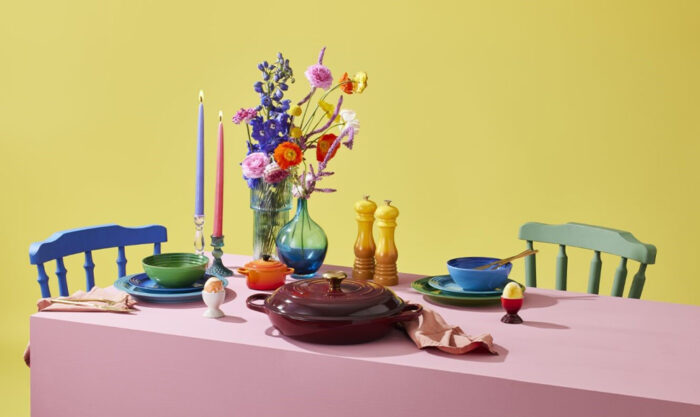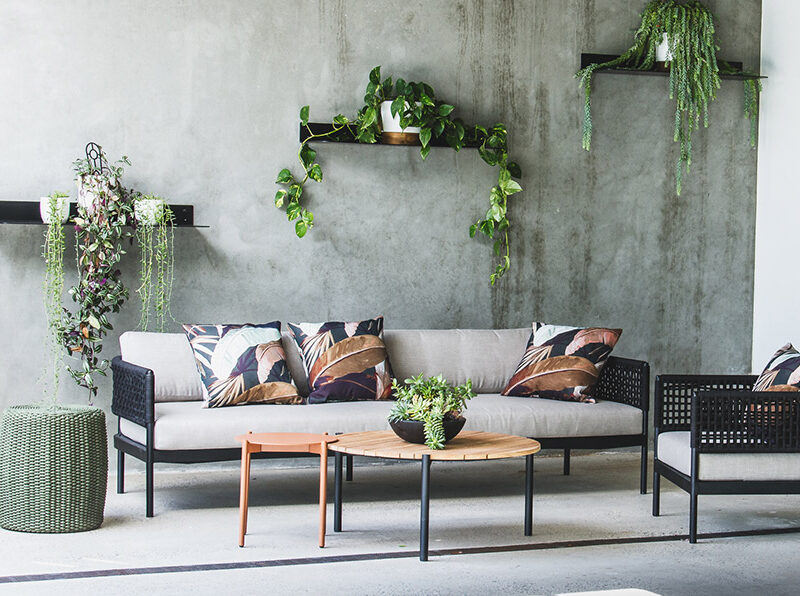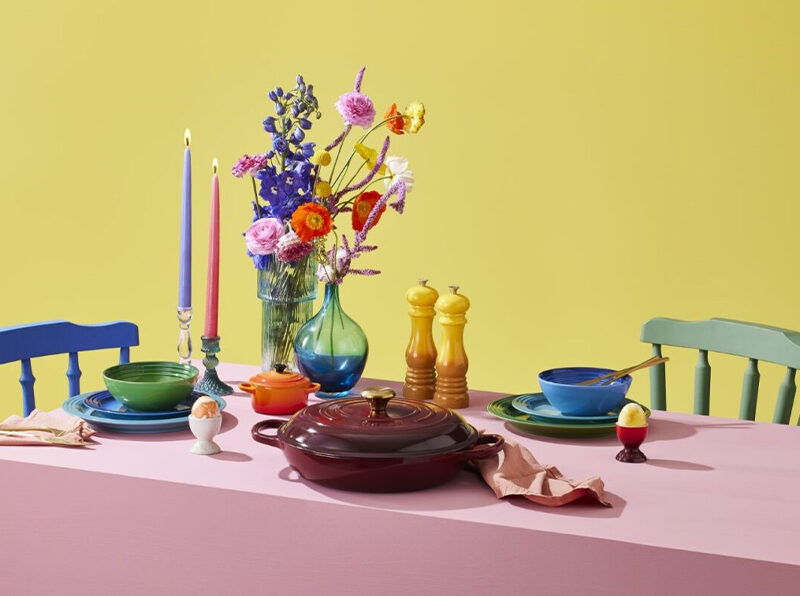
Modern Vintage: How to style antiques at home
Modern Vintage: How to style antiques at home
Ellie Holmes on how to create a personal story in your home with antiques and upcycled heirlooms
Main image: Annie Sloan, chalk paint
There’s a big trend in interiors right now that calls for homes which reflect our heritage, travels and personal stories. Out with the minimalism and in with antiques and pieces that have sentimental value. A particular story behind a piece gives a context, relevance and meaning to a room, and a sense of belonging that we all strive for. Nowhere has this been more poignant than with the incorporation of heirlooms.
And, of course, it all chimes in with our desire for eco-friendly homes where we can upcycle and reuse items that have perhaps been around for centuries. But it does come with its challenges – namely, how do you make these pieces work with contemporary living? As an example, dark brown furniture that had no place in a modern kitchen extension, is now being sanded, re-painted and adapted so that a warmer traditional nod to the past meets with the pale pastels, light woods and neutral schemes.
Combining antiques with more modern furniture can bring focus and make an eye-catching feature from either genre.
The paler and more neutral tones of modern living can provide a contrast to brass fittings or darker tones and the two chosen carefully can offset and complement each other.
Coloured glass or a vintage rug or textile can be exposed and showcased perfectly with the backdrop of a pale and muted wall.
(Scroll to keep reading)
MORE TOP INTERIOR TIPS:
I was first bitten by the bug when wandering around my grandparents’ home, which they had lived in for 50 years. My great grandfather had been an auctioneer and antiques collector and so it was stuffed with large pieces of mahogany and dark wood, which I couldn’t see fitting into our modern box extension, but I was desperate to include some elements from the house. We soon realised that less is more and that we only needed one or two individual pieces to complement the light modern space of the house we had renovated.
We chose a Venetian glass light that had hung in my grandmother’s room for years. With lots of cleaning, gluing and repairing, we managed to make it beautiful again and the green coloured glass and traditional light fitting became a major feature of the room. There was a dark wooden drinks cabinet as well, and to freshen it up I chose a fresh foliage print fabric for the interior of the piece. This gave it a real lift and a more contemporary feel. It was surprising how well the mixture of old and new worked.
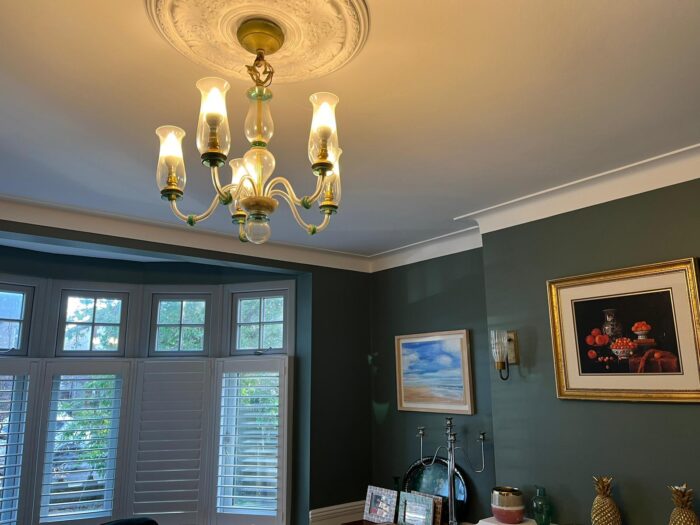
Ellie’s light
Sara Jane Woods, commercial director at local hospice St Raphael’s, has seen a growth in the popularity of antiques in their charity shops. “We are definitely seeing a rise in customers looking to buy vintage items. We designed our new furniture store in Sutton with that in mind laying items out in room settings mixing old and new styles together. The shop has regular customers who come in looking for items of furniture that they can upcycle. In fact, this is so popular that we are looking at whether we can follow other hospices and train volunteers to upcycle items for us to sell in the shop.”
St Raphael’s
It’s liberating to feel that pieces with a history – unless they are priceless museum-worthy objects – don’t have to be restored to their original finish, whether you are looking at art or antiques.
Upcycling can take place in terms of giving old furniture a lick of paint, sourcing new fabric for a favourite chair, or a different frame for a painting, which keeps the authenticity of the ‘older’ piece, but brings it up-to-date.
Interior designer Emma Sims Hilditch says: “The wonderful thing about working with antiques is that there are no rules – a piece from the 19th century can look as good next to something super contemporary as it would amongst items from its own era. I love mixing antique furniture with modern art – this can look so elegant. My philosophy on buying antiques and fine art is to buy it if it immediately appeals. Go with your instinct, as you are the one who is going to live with it.”
There is often an assumption that antiques have to be large pieces, like an Edwardian dresser or a sideboard, but often the smallest touches give a fresh energy.
Sara says: “I think the discerning shopper has always looked in charity shops for a rare find or bargain. At Christmas we did a market at Nonsuch Mansions and the public were mad for ephemera and vintage items that reminded them of their childhood. Old dial phones, games, bears and even 80s clothing. A vintage tea trolley and a chiming clock were snapped up first. I am sure the many antiques programmes on TV have shown people what is out there shown people what is out there and created and created a new type of shopper.”
Decorative Arts Fair – Martin D Thompson / Decorative Arts Fair – Dee Zammit / Decorative Arts Fair – Colours of Barley Bug & Coconut Stripe Fabric
Where to shop:
- The Decorative Fair, Battersea Park, 7-12 May – Over 130 specialist dealers showcasing antiques and art, dating from the 1700s to the 1970s, at all price points.
- Antiques of Kingston – With over 80 dealers and 10,000 antiques you will be sure to find some treasures. You can also shop online.
- St Raphael’s – See their website for all local stores and what they stock. There is also an ebay store.
- Sunbury Antiques Market, Sandown, 2 June – Antiques, artwork, collectables and garden ephemera at this big show.



